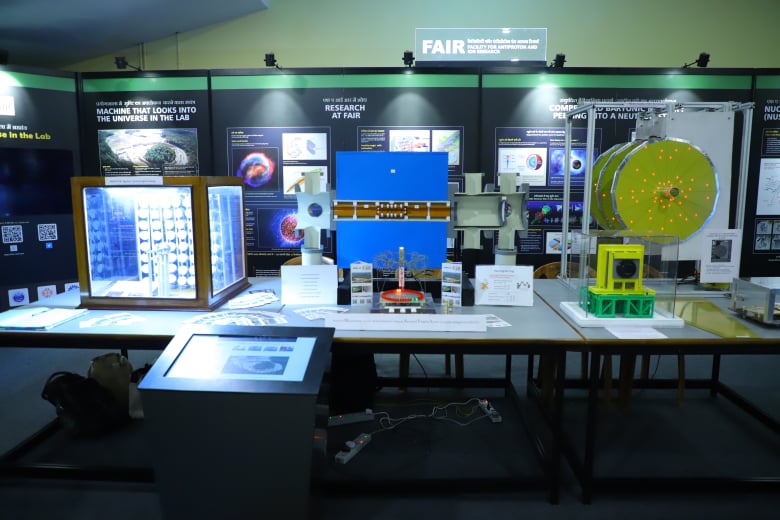
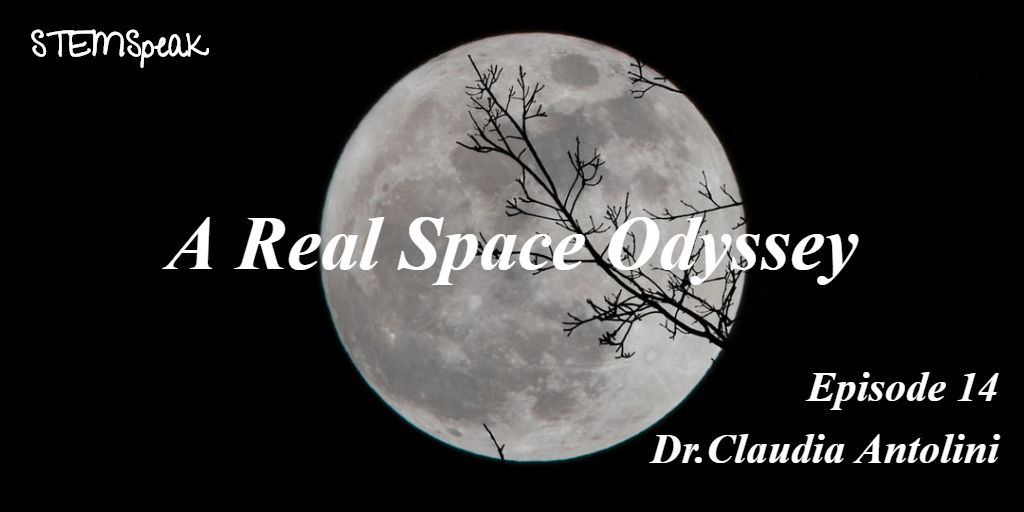
In the aftermath of the 50th anniversary of Moon landing, Dr. Claudia Antolini from the Public Engagement Team at the Roslin Institute, University of Edinburgh, discusses the emergence of space as a research frontier, what we have learned from our missions to the moon, what are the benefits of space research, what questions we need to address in the future. She also charts her career path from Ph.D. to postdoc in physics and science communication
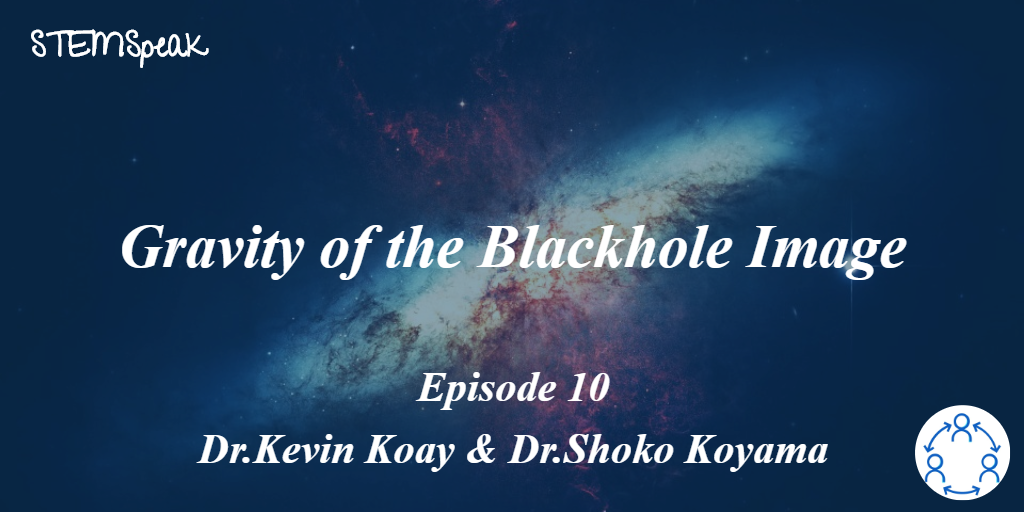
What is a black hole? Why could we not image it before? Why is the recent blackhole image important? Is it one of the keys to unraveling the universe? What questions does it answer and inspire? All this and more with Dr.Kevin Koay and Dr.Shoko Koyama on STEMSpeak Podcast

Imagine walking at dusk under a blue sky that is gradually turning black. Twinkling stars are beginning to appear here and there. And suddenly you discover new star dazzling that was not there the previous night. Could it be Venus or perhaps a comet?
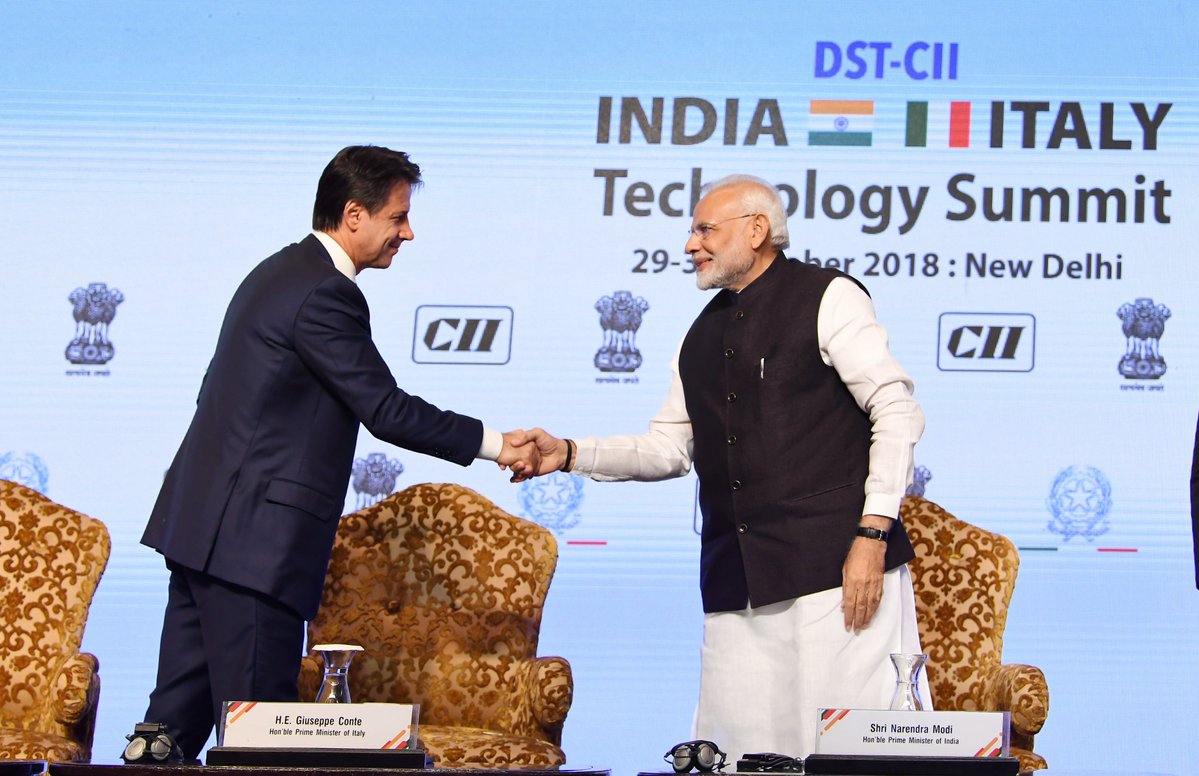
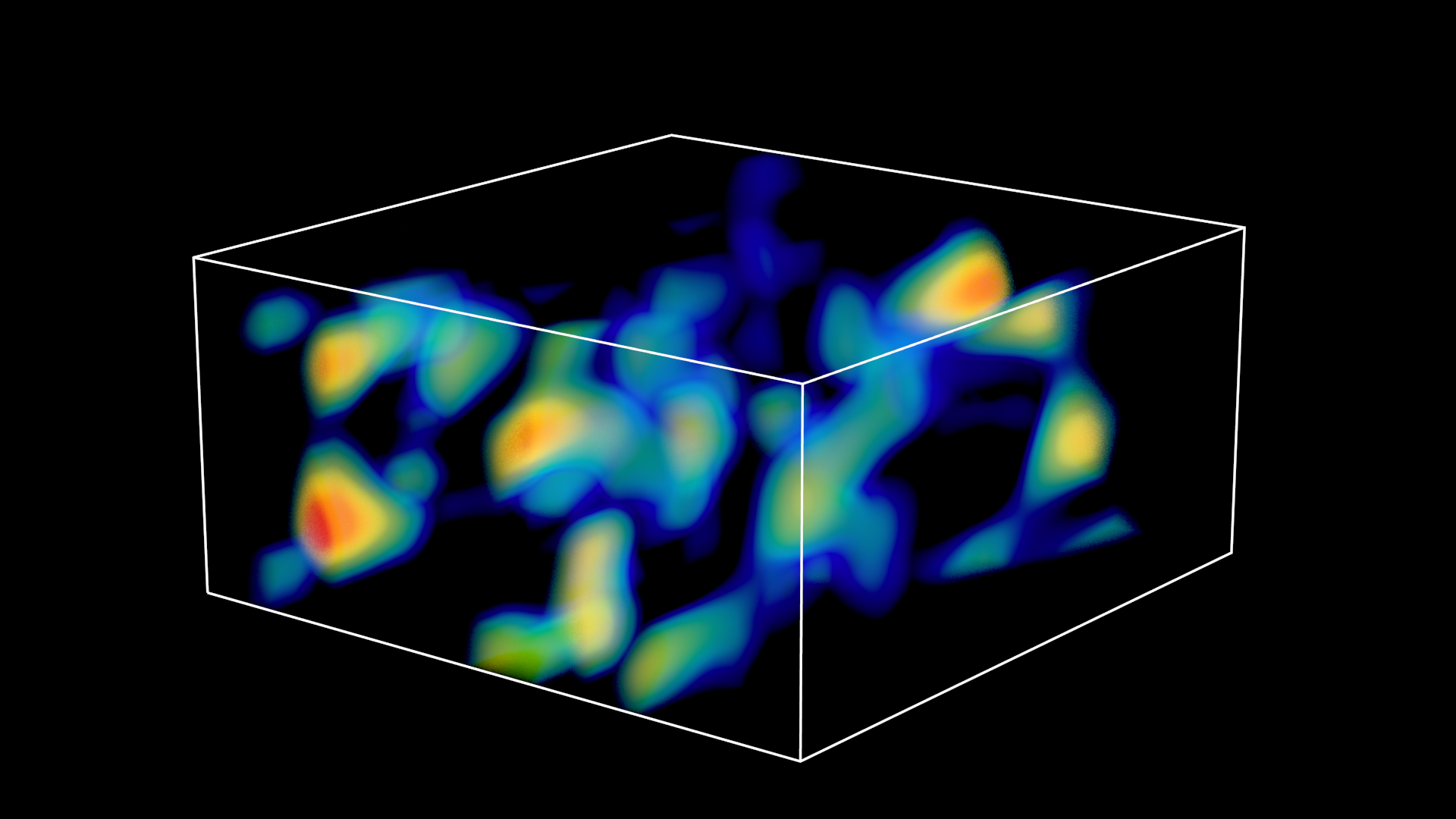
An international group of researchers has released the most in-depth wide-field map of the three-dimensional distribution of matter in the universe ever made
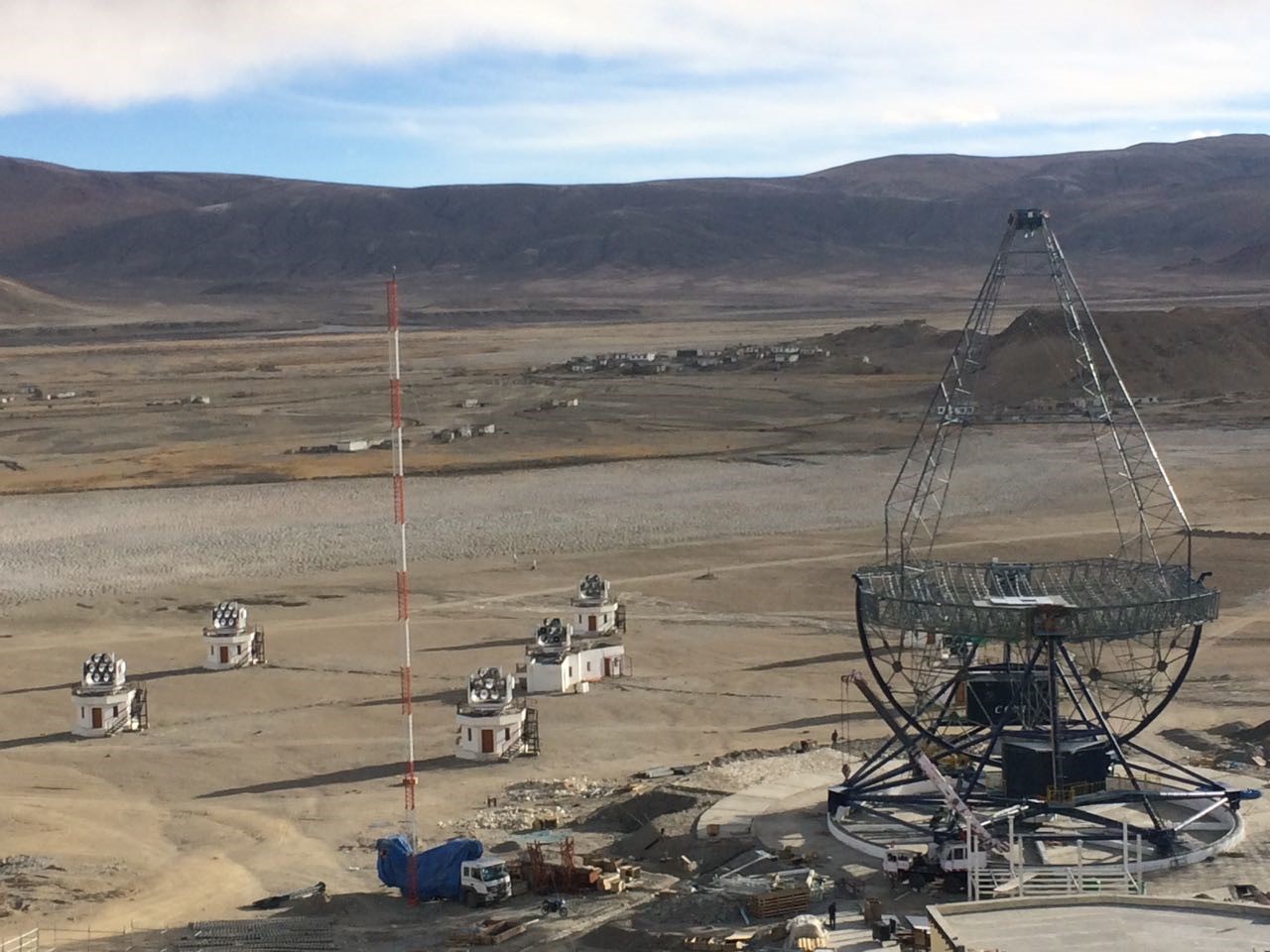
Researchers at Tata Institute of Fundamental Research and Bhabha Atomic Research Centre are developing a new gamma-ray telescope.
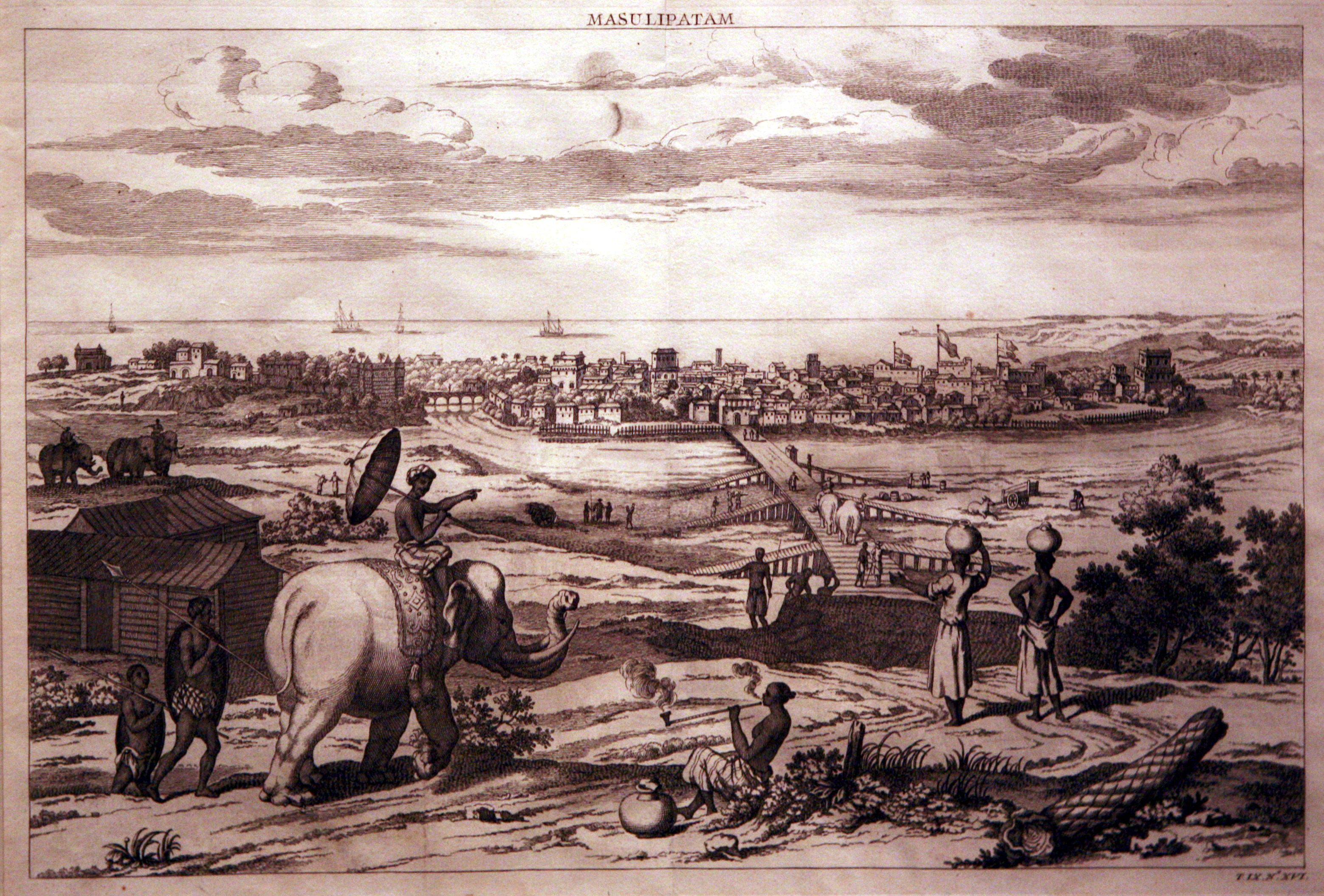
Machilipatnam is one of the oldest port towns on the Andhra coast. Very few Indians would know that it was also the site of a landmark discovery 150 years ago that laid the foundation of a new branch in science – astrophysics.
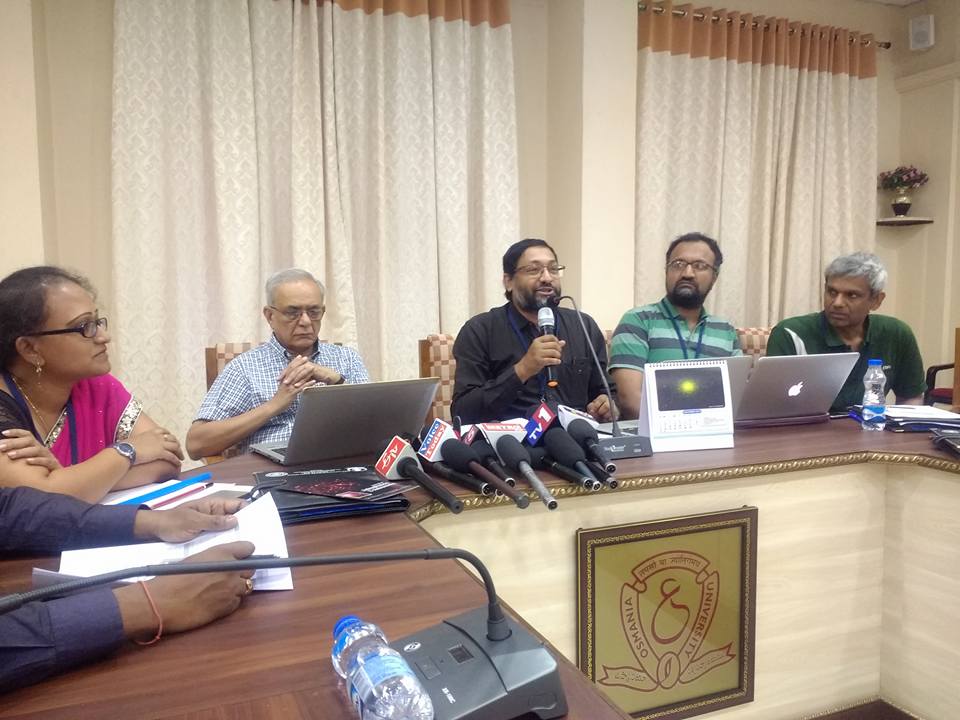
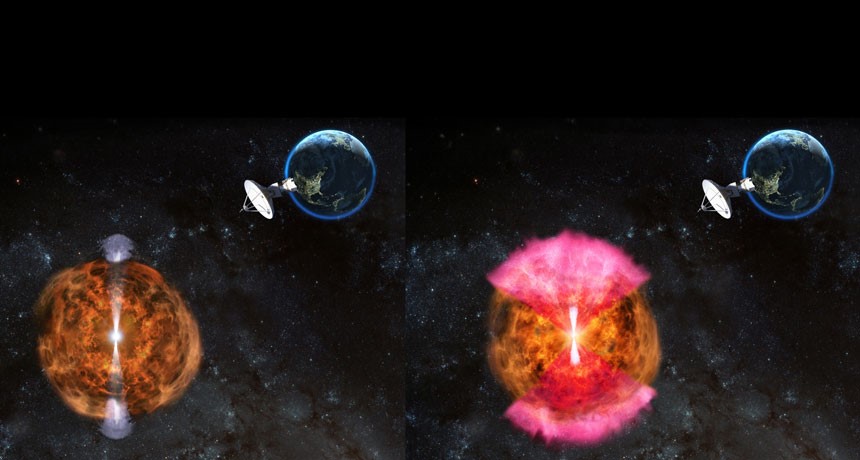
The enigma of why the merger of two neutron stars resulting in a kilonova explosion was not as bright as it should have been, has been solved by an international team of astronomers using crucial data from the Indian radio telescope, the Giant Meterwave Radio Telescope (GMRT) near Pune.
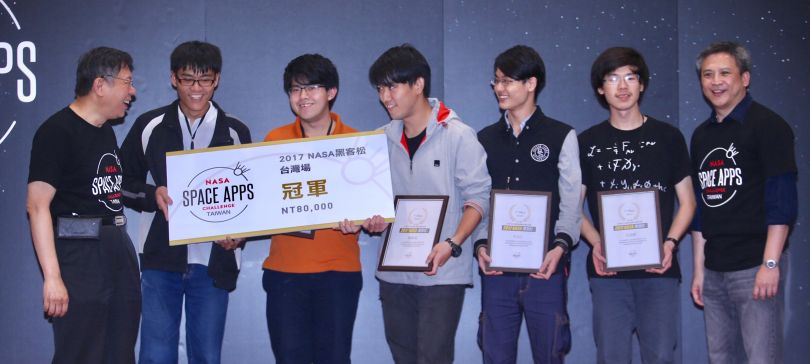
The winners of the local edition of the NASA Space Apps Challenge, which this year is themed “Earth,” were announced April 30 in Taipei City, with two Taiwan teams nominated to vie against competitors from around the world in the finals of the largest international hackathon.
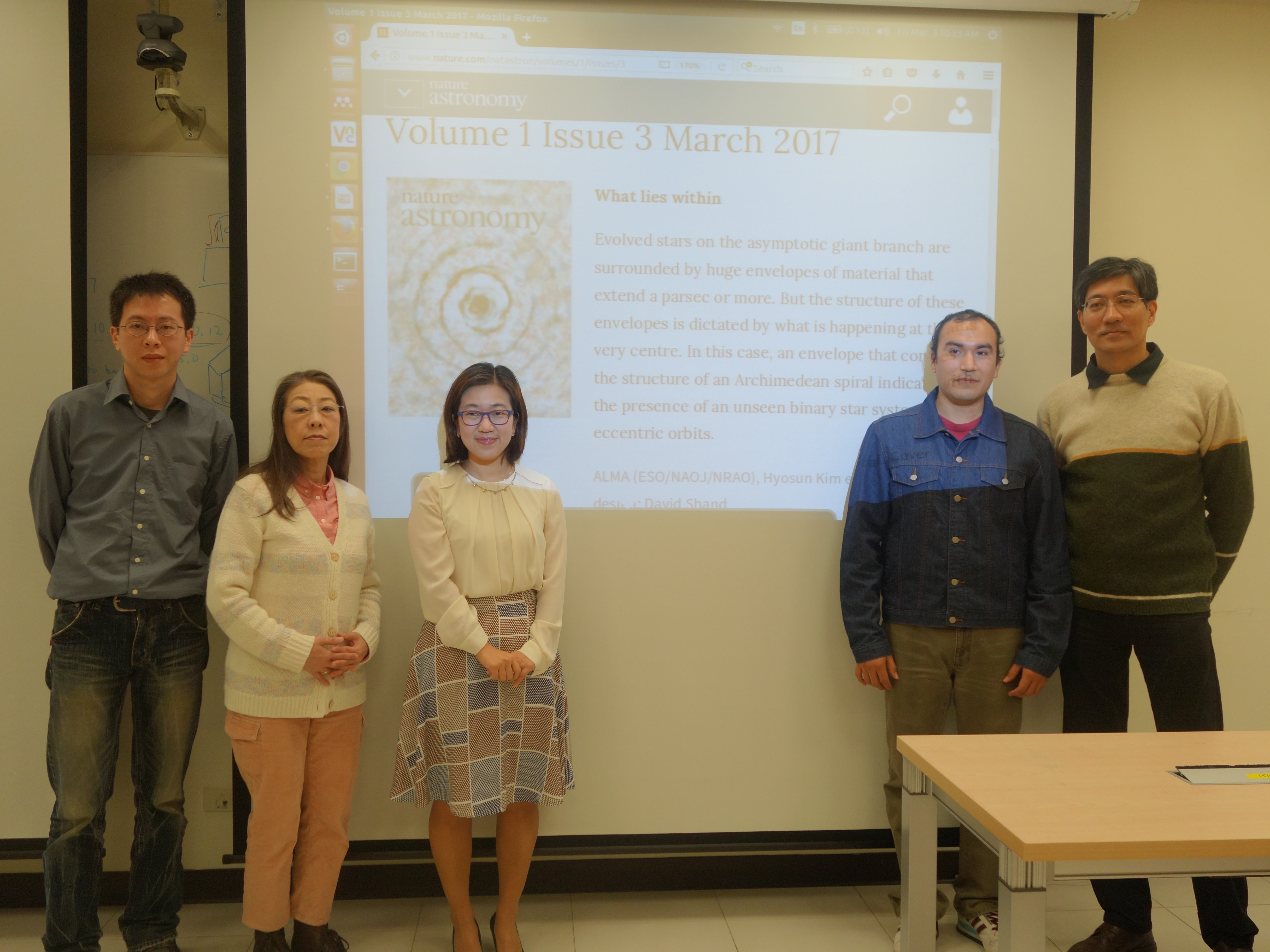
An international team of astronomers, led by Dr. Hyosun Kim in Academia Sinica Institute of Astronomy and Astrophysics (ASIAA, Taiwan), has found a way of deriving the orbital shape of binary stars that have orbital periods too long to be directly measured.
Internet is huge! Help us find great content
Never miss a thing! Sign up for our newsletter to stay updated.
Research Stash is a curated collection of tools and News for S.T.E.M researchers
Have any questions or want to partner with us? Reach us at hello@researchstash.com